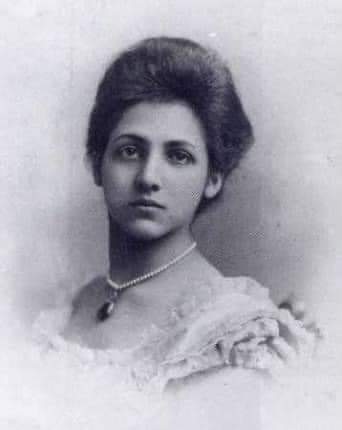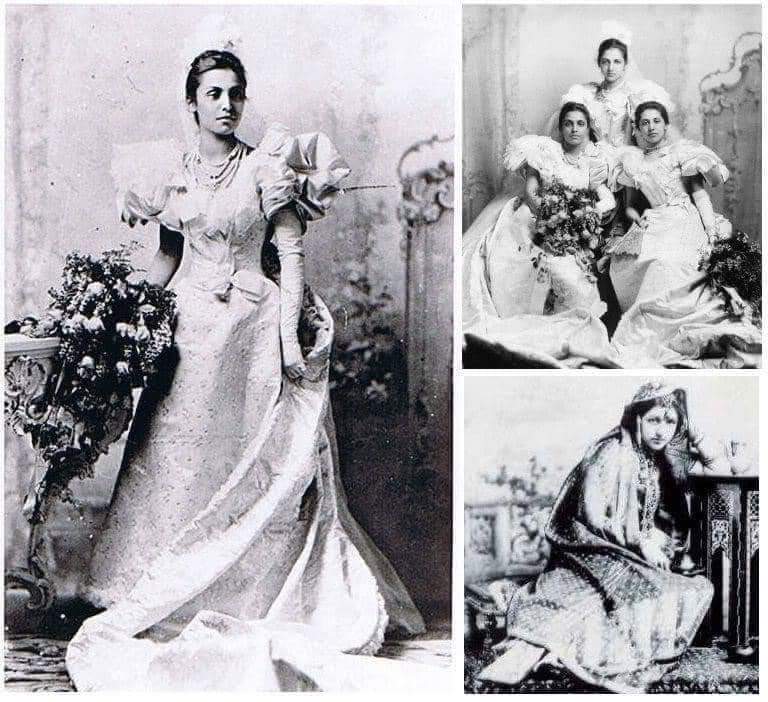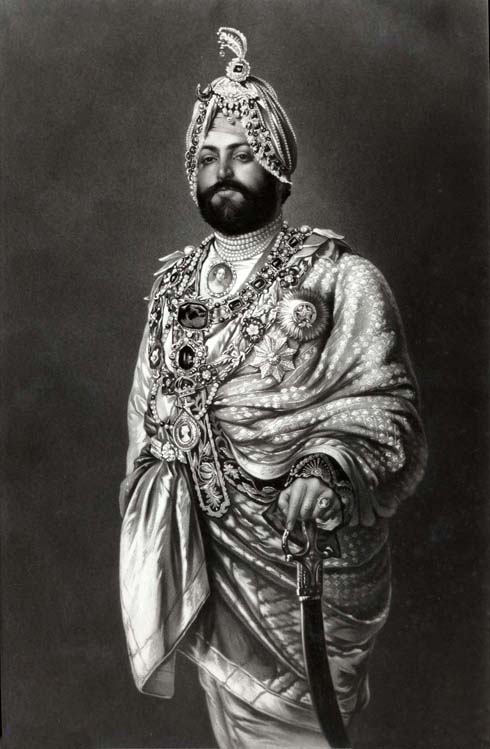
TIMELINE OF KEY EVENTS IN PAKISTAN-INDIA HISTORY
Thread
1947/48 - 1st Pak-India War in Oct 47
1949 - Pakistan n India agreed to withdraw all troops behind a mutually agreed Ceasefire Line - 1 Jan
1949 - Agreement on a UNSC resolution calling for referendum in Kashmir
1/n
Thread
1947/48 - 1st Pak-India War in Oct 47
1949 - Pakistan n India agreed to withdraw all troops behind a mutually agreed Ceasefire Line - 1 Jan
1949 - Agreement on a UNSC resolution calling for referendum in Kashmir
1/n
1954 - Accession of J & K to India is ratified by the state's constituent assembly
1960 - Signing of Indus Water Treaty in Sep
1963 - FMs of India and Pakistan - Swaran Singh and Zulfiqar Ali Bhutto - held talks regarding the Kashmir dispute
2/n
1960 - Signing of Indus Water Treaty in Sep
1963 - FMs of India and Pakistan - Swaran Singh and Zulfiqar Ali Bhutto - held talks regarding the Kashmir dispute
2/n
1964 - Following the failure of the 1963 talks, Pakistan referred the Kashmir case to the UNSC
1965 - 2nd Pakistan-India War
1966 - On 10 Jan, President Ayub Khan and PM Lal Bahadur Shastri signed an agreement at Tashkent
1971 - 3rd Pakistan-India War
3/n
1965 - 2nd Pakistan-India War
1966 - On 10 Jan, President Ayub Khan and PM Lal Bahadur Shastri signed an agreement at Tashkent
1971 - 3rd Pakistan-India War
3/n
1972 - On 2 July, PM Zulfikar Ali Bhutto and PM Indira Gandhi signed an agreement in Simla. The agreement designates the ceasefire line of 17 Dec 1971, as the new "Line-of-Control (LoC)"
1973 - India agreed to release Pakistani Prisoners of War held since Dec 1971
4/n
1973 - India agreed to release Pakistani Prisoners of War held since Dec 1971
4/n
1974 - Kashmiri state govt affirmed that the state "is a constituent unit of the Union of India"
1974 - India detonated a nuclear device at Pokhran on 18 May
1982 - President Zia's official visit to India on 11 Mar.
1986 - Exercise Brasstacks by India close to border
5/n
1974 - India detonated a nuclear device at Pokhran on 18 May
1982 - President Zia's official visit to India on 11 Mar.
1986 - Exercise Brasstacks by India close to border
5/n
1987 - President Zia visited India on 21 Feb / Cricket diplomacy
1988 - PM Rajiv Gandhi visited Pakistan on 29 Dec
1988 - Agreement between both countries that neither side will attack other's nuclear installations or facilities
6/n
1988 - PM Rajiv Gandhi visited Pakistan on 29 Dec
1988 - Agreement between both countries that neither side will attack other's nuclear installations or facilities
6/n
1989 - Armed resistance to Indian rule in Kashmir valley began. Pakistan stated that it gives its "moral and diplomatic" support to the movement.
1991 - Signing of agreements on providing advance notification of military exercises, maneuvers and troops movements,...
7/n
1991 - Signing of agreements on providing advance notification of military exercises, maneuvers and troops movements,...
7/n
...as well as on preventing airspace violations and established over flight rules
1992 - A joint declaration prohibiting the use of chemical weapons signed in New Delhi
1994 - Peace talks with India break down over Kashmir in Jan
8/n
1992 - A joint declaration prohibiting the use of chemical weapons signed in New Delhi
1994 - Peace talks with India break down over Kashmir in Jan
8/n
1997 - Resumption of peace talks at Foreign Secy level for first time since 1994
1998 - India detonated 5 nuclear devices at Pokhran. Pakistan responded by detonating 6 nuclear devices at Chaghai Hills
1999 - Signing of Lahore Declaration on 21 Feb
1999 - Kargil Conflict
9/n
1998 - India detonated 5 nuclear devices at Pokhran. Pakistan responded by detonating 6 nuclear devices at Chaghai Hills
1999 - Signing of Lahore Declaration on 21 Feb
1999 - Kargil Conflict
9/n
2001 - Agra Summit on 14 July
2001 - Attack on Kashmir Assembly in Srinagar on 1 Oct - Pakistan blamed
2001 - Attack on India Parliament in New Delhi on 13 Dec - Pakistan blamed
2001/02 - Military escalation at borders
2003 - Ceasefire at LOC in Oct
10/n
2001 - Attack on Kashmir Assembly in Srinagar on 1 Oct - Pakistan blamed
2001 - Attack on India Parliament in New Delhi on 13 Dec - Pakistan blamed
2001/02 - Military escalation at borders
2003 - Ceasefire at LOC in Oct
10/n
2004 - PM Vajpayee and President Musharraf held talks at 12th SAARC summit in Islamabad
2007 - Samjhauta Express bombed on 18 Feb near Panipat.
2008 - India joined TAPI.
2008 - India blamed ISI for a blast on the Indian Embassy in Kabul in July
11/n
2007 - Samjhauta Express bombed on 18 Feb near Panipat.
2008 - India joined TAPI.
2008 - India blamed ISI for a blast on the Indian Embassy in Kabul in July
11/n
2008 - Cross-LOC trade commenced after President Zardari met PM Manmohan Singh
2008 - Mumbai Attacks on 26 Nov
2008/09 - Military escalation between countries
2009 - PM Gilani and PM Singh met on sidelines of Non-Aligned Movement (NAM) summit in Sharm el-Sheikh, Egypt
12/n
2008 - Mumbai Attacks on 26 Nov
2008/09 - Military escalation between countries
2009 - PM Gilani and PM Singh met on sidelines of Non-Aligned Movement (NAM) summit in Sharm el-Sheikh, Egypt
12/n
2011 - Indian announced to share information with Pakistan regarding the 2007 Samjhauta Express bombing
2013 - PM Sharif and PM Singh met in New York on sidelines of UN GA
2014 - PM Sharif attended oath taking ceremony of PM Modi
2015 - PM Modi’s surprise visit to Lahore
13/n
2013 - PM Sharif and PM Singh met in New York on sidelines of UN GA
2014 - PM Sharif attended oath taking ceremony of PM Modi
2015 - PM Modi’s surprise visit to Lahore
13/n
2016 - Pathankot Attack on 2 Jan - Pakistan blamed
2016 - Burhan Wani killed on 8 July
2016 - Uri Attack on 18 Sep - Pakistan blamed
2016 - Surgical Strike drama on 29 Sep
2016 - Attack on Indian base in IOJ & K in Nagrota on 29 Nov - Pakistan blamed
14/n
2016 - Burhan Wani killed on 8 July
2016 - Uri Attack on 18 Sep - Pakistan blamed
2016 - Surgical Strike drama on 29 Sep
2016 - Attack on Indian base in IOJ & K in Nagrota on 29 Nov - Pakistan blamed
14/n
2019 - Pulwama blast on 14 Feb - Pakistan blamed
2019 - Indian Airstrikes in Balakot on 26 Feb
2019 - Pakistan downs Indian aircraft and captured pilot Abhinandan on 27 Feb
2019 - Indian annexation of IOJ & K on 5 Aug
2019 - Inauguration of Kartarpur corridor - 9 Nov
15/n
2019 - Indian Airstrikes in Balakot on 26 Feb
2019 - Pakistan downs Indian aircraft and captured pilot Abhinandan on 27 Feb
2019 - Indian annexation of IOJ & K on 5 Aug
2019 - Inauguration of Kartarpur corridor - 9 Nov
15/n
2020 - Disinfo lab leaks / Indian Chronicles - Dec 2020
16/Concluded
#History #Pakistan #India #Facts
16/Concluded
#History #Pakistan #India #Facts
• • •
Missing some Tweet in this thread? You can try to
force a refresh




















